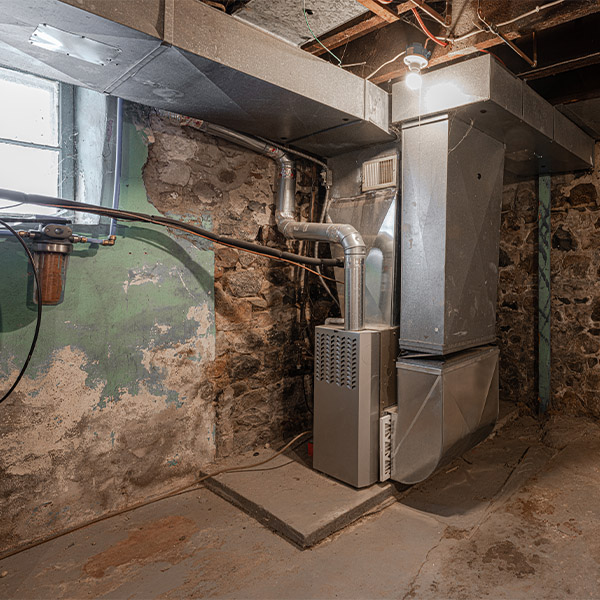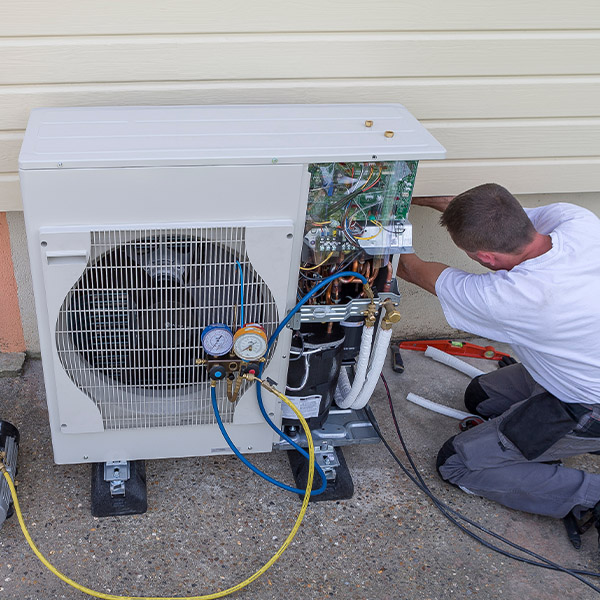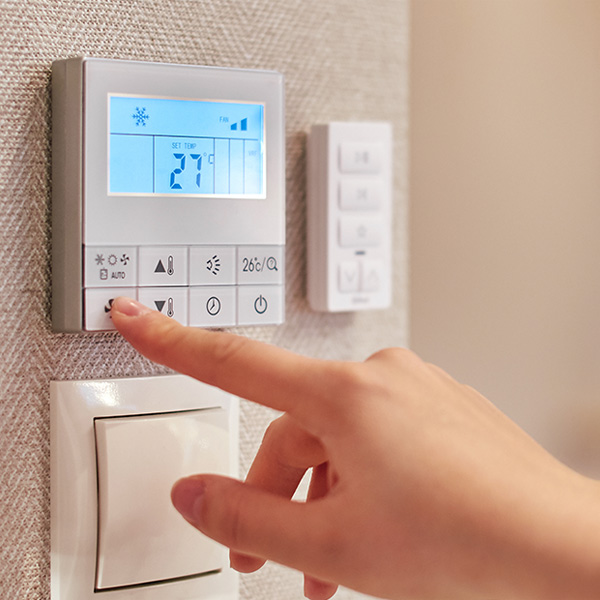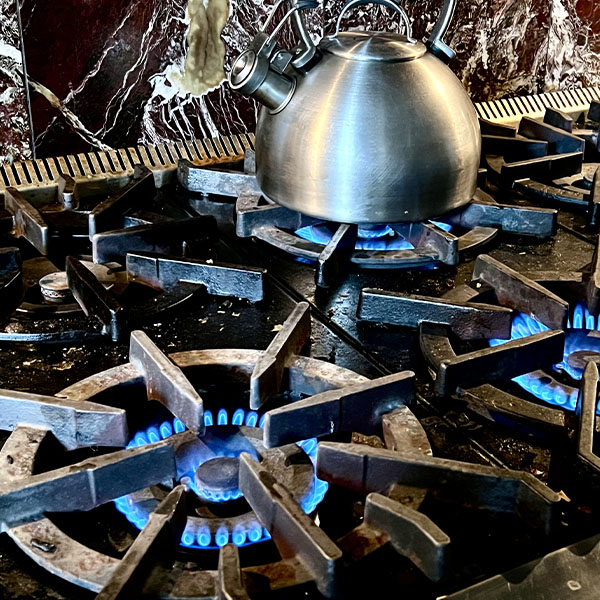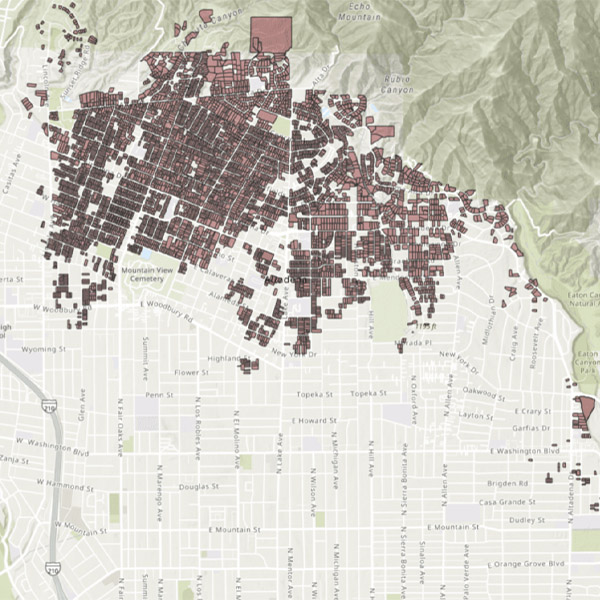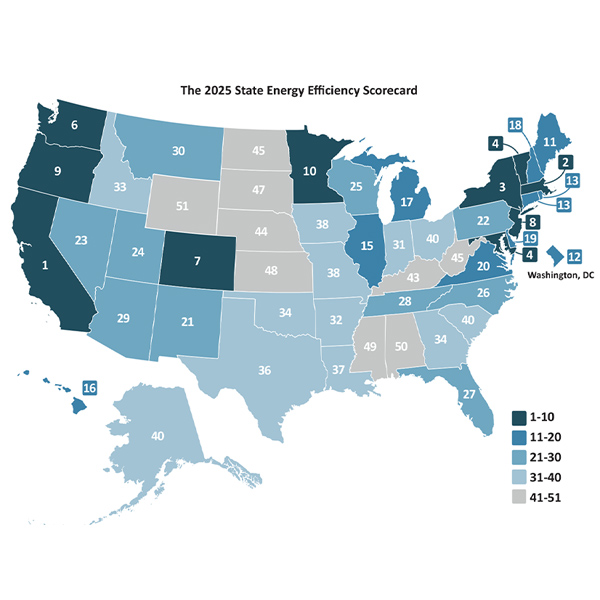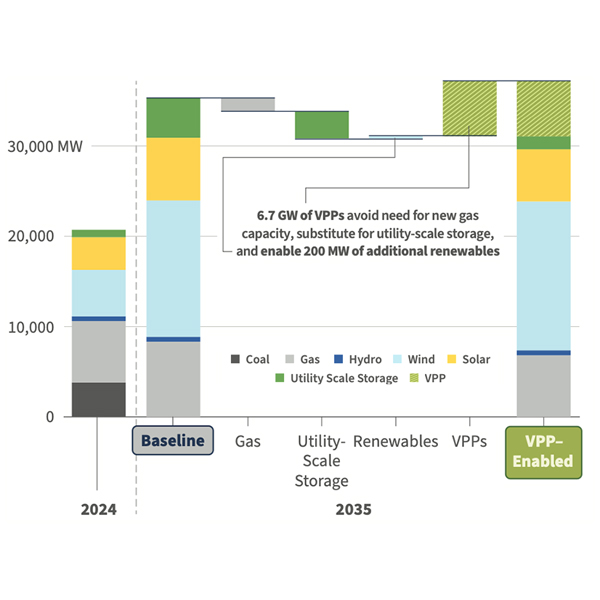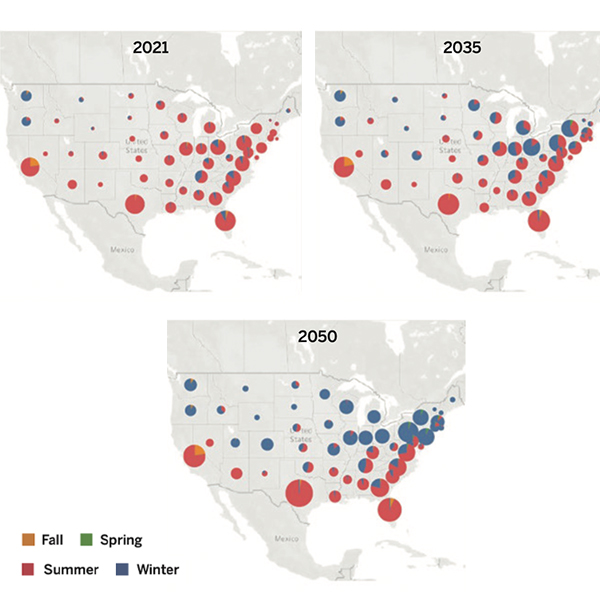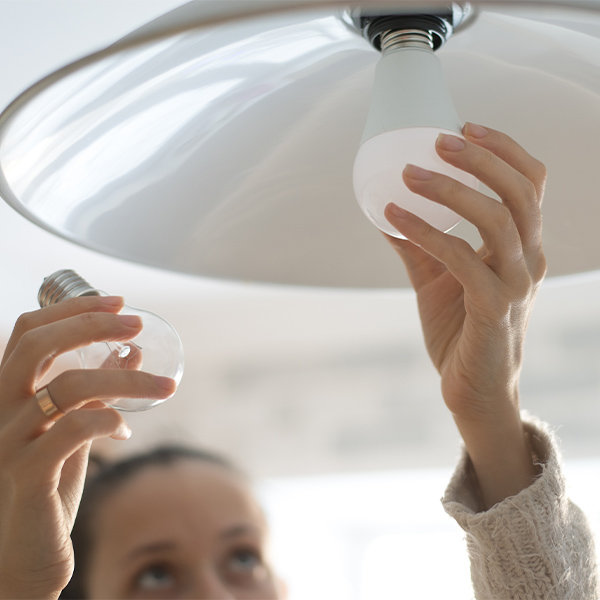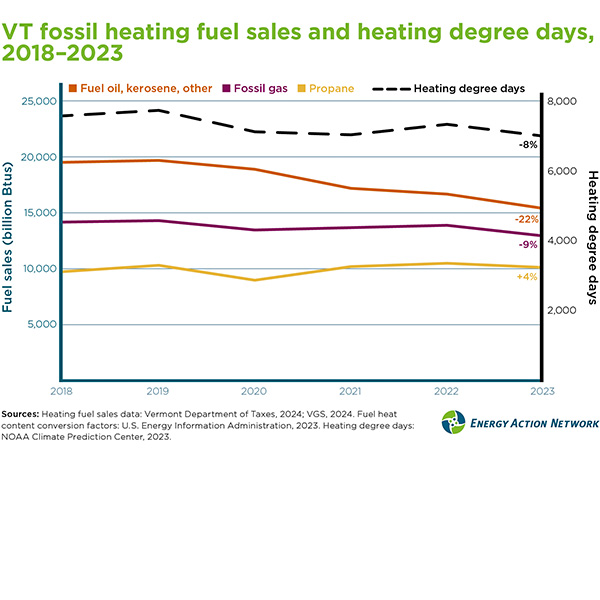Water Heating
The D.C. Circuit Court of Appeals upheld the Department of Energy’s efficiency standard for natural gas furnaces and water heaters against appeals from gas trade associations.
Maryland residents can benefit from the rollout of heat pumps the most by targeting state funds for low-income customers, according to a report released by the Sierra Club’s Maryland Chapter and the Center for Progressive Reform.
Rising demand and power bills are giving an extra push to expand demand-side management programs, but experts said the industry needs to do more to educate consumers to take advantage of the resources.
It is only because of special interests that local and state governments would even consider prohibiting consumers from choosing natural gas as an energy source to meet their space, water heating, and cooking needs, writes energy economist Ken Costello.
Los Angeles leaders should consider rebuilding the more than 20,000 structures destroyed by the January 2025 wildfires as all-electric rather than as dual-fuel despite the potential higher life cycle costs of all-electric buildings, a new report finds.
The 16th ACEEE state energy efficiency scorecard put California at the top of the rankings and Wyoming at the bottom.
Virtual power plants can help the power grid deal with some of its most pressing issues, such as meeting rising demand and helping to integrate more renewables affordably.
The new report argues that discussions about building electrification largely leave out one key issue: how to prepare the grid for the higher demand and new consumption patterns associated with the shift.
The average household should save $107 on utility bills every year because of the efficiency standards crafted by the Biden administration, according to a new analysis.
Vermonters are using less fossil fuel for heat in recent years, partly because winters have been trending warmer but also because more buildings are relying on electric heat pumps.
Want more? Advanced Search
